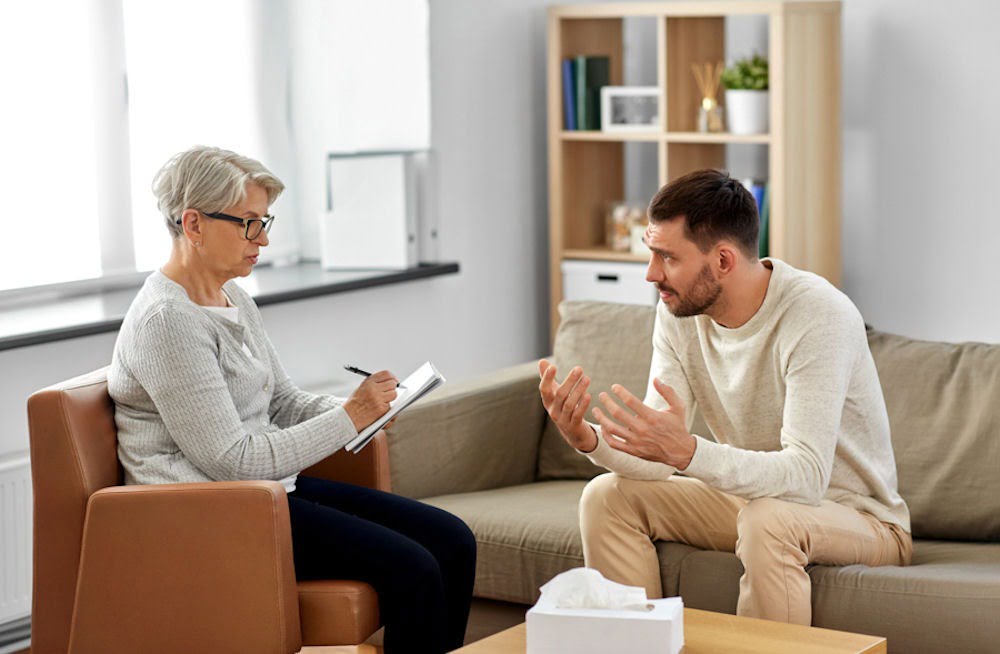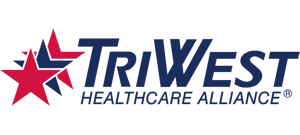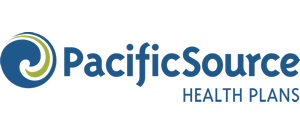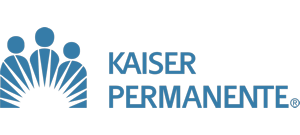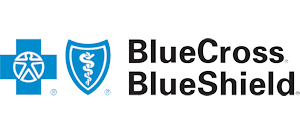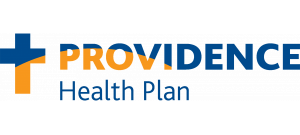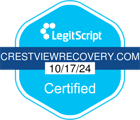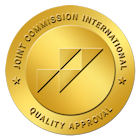A codependent relationship involves two people who rely on each other in unhealthy ways that limit the potential for growth in each individual. Codependency is often mistaken for love, acceptance, selflessness, and loyalty. However, it is born out of guilt, loneliness, fear, pain, and weakness. Getting a hotel room for an addicted individual because you can’t handle the thought of them sleeping on the street is an example of codependency because it encourages the addict to continue using deadly chemicals. Being in a relationship with a lonely person because they support your drug habit is an example of codependency because it prevents the person from entering into a healthy, happy relationship.
Helping a person get into treatment might save their life. Contact Crestview Recovery to learn about family therapy by calling 866.262.0531.
What Is Codependency?
Codependency can be part of a romantic relationship, friendship, or family relations. Most codependent relationships are romantic. However, some involve parents and children, siblings, or just really close friends.
In each of these scenarios, there are two primary roles, those of manipulator and enabler. When substance use is part of the codependent dynamic, these roles are clear.
Feeling Resentful
It is especially hard when an individual is not taking responsibility for their actions and can’t admit that they even have a problem with addiction. Connecting with a support network that knows exactly what you are going through can help you have a conversation with your loved ones and get them the help that they need. Feeling a deep resentment towards the other person is a common sign of codependency. It’s even harder to deal with this feeling and more unhealthy when you also feel like you can’t live without the other person.
Falling in love is a wonderful thing. But adding substance use to that relationship can turn love into codependency. One partner covers for the other’s bad behaviors, and before anyone knows the truth of what’s going on, a dangerous cycle exists. This cycle of a codependent relationship and substance use can lead to a tragic end.
Manipulating
The manipulator in a codependent relationship of substance use behaves in ways that help them get what they want, such as money, drugs, or alcohol. This manipulation uses relationships to exploit those who care about them. The manipulation leaves the loved ones, friends, and other exploited parties feeling hurt, damaged, and taken advantage of, just as they have been.
Enabling
The enabler helps the manipulator by complying with what they’re doing, covering up for that person’s behaviors, and even encouraging the manipulation. This person may suffer from low self-confidence, abandonment fears, or other issues that keep them closely connected to the manipulator despite his or her negative actions.
Codependent behavior is highly destructive to the individuals in the relationship and those close to them. Entire families suffer damage by the cycle of destruction the manipulator and enabler enact.
When Codependency and Substance Use Collide
Codependency usually centers on a negative purpose. Substance use is one such purpose. Whether one member of the couple or both are abusing drugs or alcohol, codependent living can keep the fire of addiction burning. Sadly, most enablers are unaware of the role they play in the addiction, making breaking the cycle even harder than one may think.
Instead of refusing to help the substance user get drugs or alcohol, the enabler will go so far as to pay for these needs or drive the manipulator to a drug dealer. Even parents and adult children enable family members by providing money and transportation to get what the manipulator wants, often so they won’t get “sick” from withdrawal.
Treatment for the Vicious Cycle in Substance Use
 Ending this cycle begins with one person in the relationship waking up to the truth of their actions. They have to realize there is a problem that requires a solution. It can be either party, the manipulator, or the enabler, who acknowledges the cycle and take steps to correct it.
Ending this cycle begins with one person in the relationship waking up to the truth of their actions. They have to realize there is a problem that requires a solution. It can be either party, the manipulator, or the enabler, who acknowledges the cycle and take steps to correct it.
While the manipulator needs treatment for substance use, the enabler also needs individual and family therapy. The enabler needs to get to know why they enable and how to stop contributing to the loved one’s substance use. The goal of treatment for each is to live a healthy life without codependent behavior, drugs, or alcohol between them.
The following treatment programs can help:
Outpatient Treatment
Outpatient treatment for addiction is a form of care that allows people to live at home and receive treatment during the day. This is often a good option for people who have mild to moderate addiction and who also have a strong support system at home.
Partial Hospitalization
Partial hospitalization for addiction is a type of treatment that combines some aspects of inpatient and outpatient care. It typically involves a structured program of counseling and therapy sessions during the day, with patients returning home in the evening. This type of care can be an effective option for people who don’t require the around-the-clock supervision that comes with inpatient treatment.
Intensive Outpatient Treatment
Intensive outpatient treatment (IOP) for addiction is a type of treatment that provides highly structured and comprehensive care while allowing patients to live at home and continue with their daily lives. IOP can be an effective treatment option for those who are not ready or able to commit to inpatient treatment, but who still need more support than what is available through traditional outpatient care.
Put Codependency in the Past
If you recognize the signs of codependent behavior in substance use and are ready for change, you need professional support and guidance. Crestview Recovery in Portland, Oregon, offers addiction treatment programs that can help you break free of the cycle. Call Crestview Recovery now at 866.262.0531. Don’t wait to call because every moment is another step closer to potentially fatal consequences.

